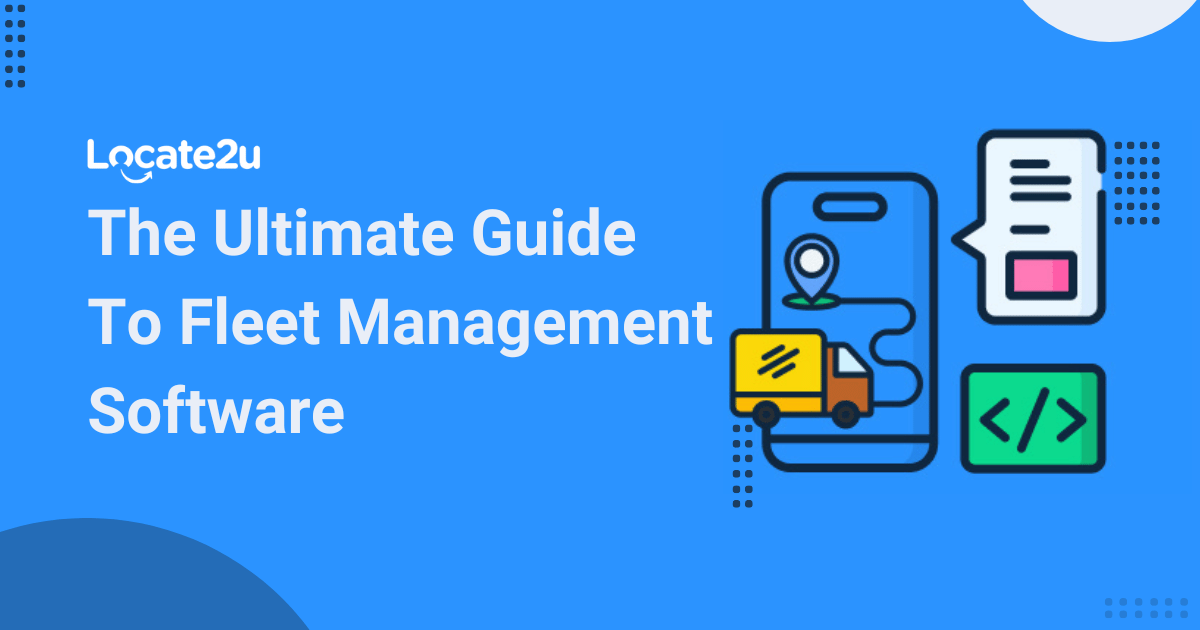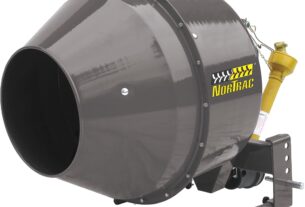If you’re managing a fleet of vehicles, you know how challenging it can be to keep track of everything. From maintenance schedules to fuel expenses, there are countless moving parts that need to be managed at all times. Fortunately, with the right fleet tools, you can streamline your business and make logistics management a breeze.
In this comprehensive guide, we’ll explore everything you need to know about fleet tools. We’ll cover the basics, including what fleet tools are and why they’re essential for businesses of all sizes. We’ll also dive into some of the most popular types of fleet tools on the market today, as well as tips for choosing the best options for your organization. So whether you’re just getting started with fleet management or looking to upgrade your existing processes, keep reading!
Table of Contents
– What Are Fleet Tools?
– Why Are Fleet Tools Important?
– Types of Fleet Tools
– GPS Tracking Systems
– Maintenance Management Software
– Fuel Monitoring Systems
– Driver Safety Tools
– How to Choose the Best Fleet Tools for Your Business
– Tips for Implementing Fleet Tools Successfully
– Conclusion
– References
What Are Fleet Tools?
Fleet tools are software programs or hardware devices designed specifically for managing fleets of vehicles. These tools help businesses monitor their vehicles’ locations, maintenance needs, fuel consumption rates, and other critical data points in real-time. By providing insights into how each vehicle is performing and where it’s located at any given moment, fleet tools enable managers to make informed decisions about routing, scheduling, and other logistics-related tasks.
Why Are Fleet Tools Important?
There are many reasons why fleet tools are essential for modern businesses. Here are just a few:
1. Increased Efficiency: With real-time data on each vehicle’s location and performance, managers can optimize routes and schedules for maximum efficiency.
2. Improved Safety: Many fleet tools include driver safety features, such as alerts for speeding or aggressive driving behaviors. These features can help reduce accidents and keep drivers safe on the road.
3. Reduced Costs: By monitoring fuel consumption rates and maintenance needs in real-time, businesses can reduce waste and save money on operational expenses.
4. Enhanced Customer Service: With accurate data on each vehicle’s location and delivery status, businesses can provide better customer service by giving customers more accurate delivery windows and updates.
Types of Fleet Tools
There are many different types of fleet tools on the market today. Here are some of the most popular options:
GPS Tracking Systems
GPS tracking systems use satellite technology to track each vehicle’s location in real-time. This data is transmitted back to a central dashboard, where managers can monitor each vehicle’s route, speed, and other key metrics. GPS tracking systems can be especially useful for businesses that operate in multiple locations or have a large number of vehicles on the road at any given time.
Maintenance Management Software
Maintenance management software helps businesses keep track of each vehicle’s maintenance needs, including oil changes, tire rotations, and other routine tasks. By automating these processes, businesses can ensure that each vehicle is properly maintained and running smoothly at all times.
Fuel Monitoring Systems
Fuel monitoring systems track each vehicle’s fuel consumption rates in real-time. This data is used to identify inefficiencies in routing or driving habits that may be contributing to increased fuel usage. By optimizing routes and training drivers to adopt more fuel-efficient habits, businesses can save money on fuel costs over time.
Driver Safety Tools
Driver safety tools include features like lane departure warnings, collision avoidance systems, and drowsy driving alerts. These features help keep drivers safe on the road by alerting them to potential hazards or unsafe behaviors before they cause an accident.
How to Choose the Best Fleet Tools for Your Business
Choosing the right fleet tools for your business can be challenging, especially if you’re not familiar with the options available. Here are some tips to help you make the best decision:
1. Identify Your Needs: Before you start shopping for fleet tools, take a close look at your business’s needs and goals. What specific challenges are you trying to overcome? What metrics do you need to track in order to improve efficiency and reduce costs?
2. Do Your Research: Once you’ve identified your needs, start researching different fleet tool options. Read reviews from other businesses, compare features and pricing, and ask for recommendations from industry experts.
3. Consider Scalability: As your business grows, your fleet management needs may change. Look for fleet tools that can scale with your business over time, rather than investing in tools that will become obsolete as soon as you outgrow them.
4. Think About Integration: If you already use other software programs or platforms for managing logistics, look for fleet tools that can integrate seamlessly with those systems. This will make it easier to manage all of your data in one place.
Tips for Implementing Fleet Tools Successfully
Once you’ve chosen the right fleet tools for your business, it’s important to implement them effectively in order to get the most value out of your investment. Here are some tips to help ensure a successful implementation:
1. Train Your Team: Make sure everyone who will be using the new fleet tools is properly trained on how to use them effectively. This may include training on specific features or processes, as well as general training on how to interpret data and make informed decisions based on that data.
2. Set Clear Goals: Define specific goals and metrics that you want to achieve with the new fleet tools. This will help keep everyone focused on what they’re working toward and provide clear benchmarks for measuring success.
3. Monitor Performance: Keep a close eye on how the new fleet tools are performing over time. Use data analytics to identify areas where you can make improvements, and adjust your processes accordingly.
Conclusion
Fleet tools are essential for modern businesses that manage fleets of vehicles. By providing real-time data on each vehicle’s location, performance, and other critical metrics, fleet tools enable managers to optimize routes, reduce costs, and provide better customer service. When choosing fleet tools for your business, be sure to identify your specific needs and goals, do your research, and consider scalability and integration options. With the right fleet tools in place and a strategic implementation plan, your business can achieve greater efficiency, safety, and profitability than ever before.
References
– “6 Reasons Why Fleet Management is Important for Your Business.” Verizon Connect.
– “5 Types of Fleet Management Tools You Need to Know About.” GPS Trackit.
– “How to Choose the Right Fleet Management Software for Your Business.” Fleetio.
– “The Benefits of Implementing a Fleet Safety Program.” Geotab.
– “Best Practices for Implementing New Technology in Your Fleet.” FleetOwner.




